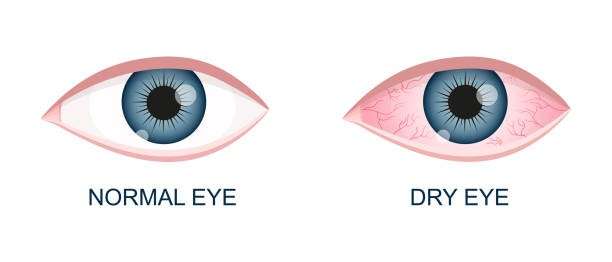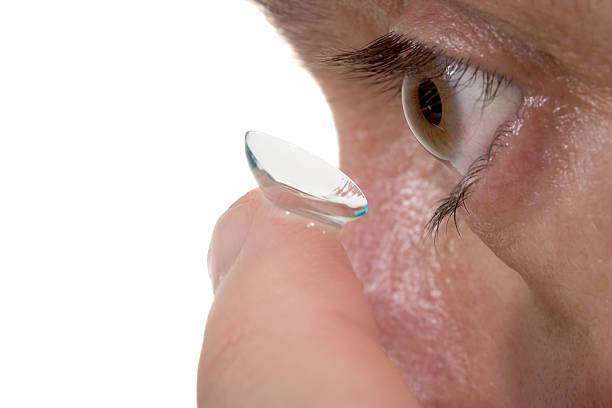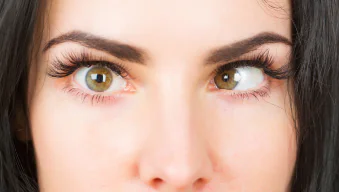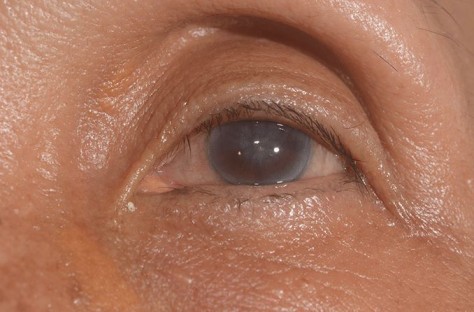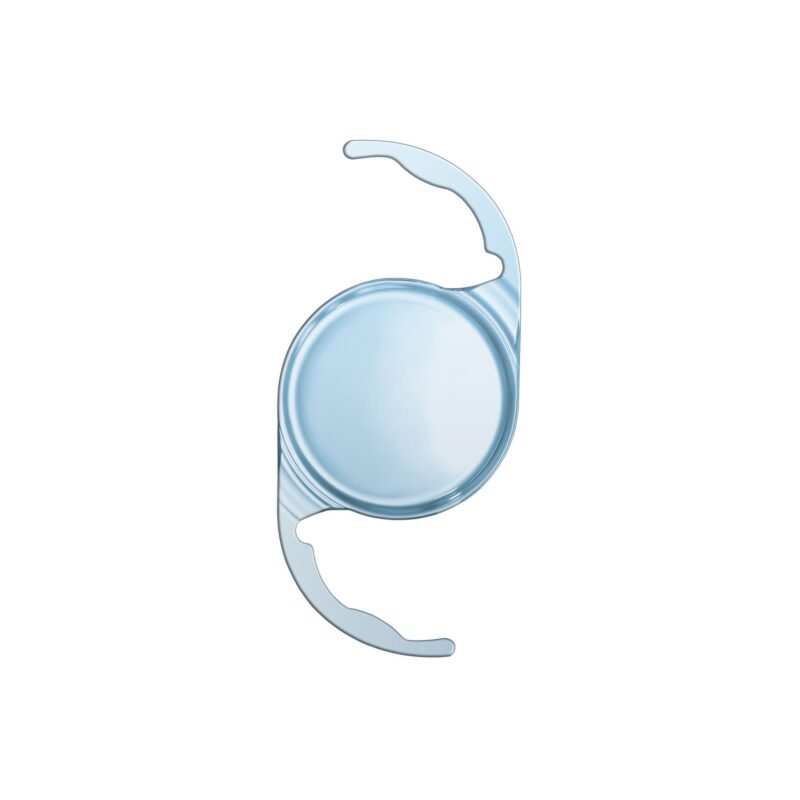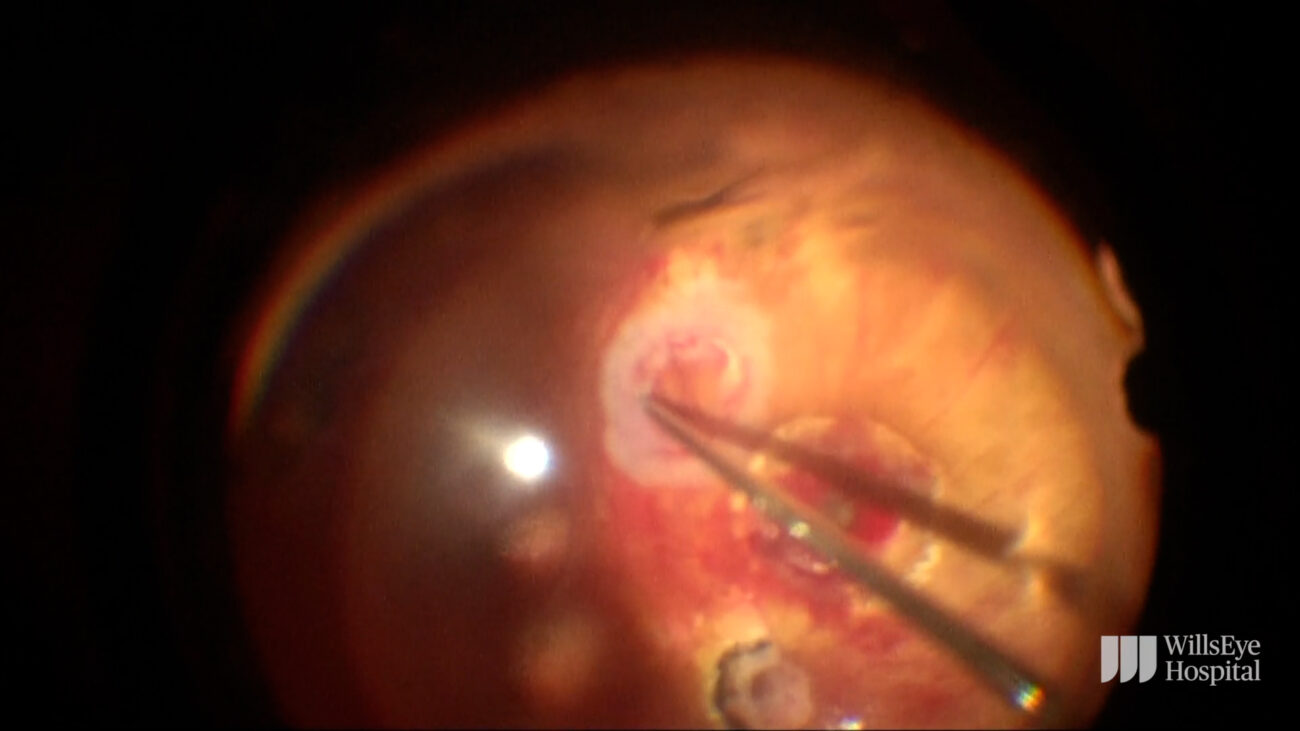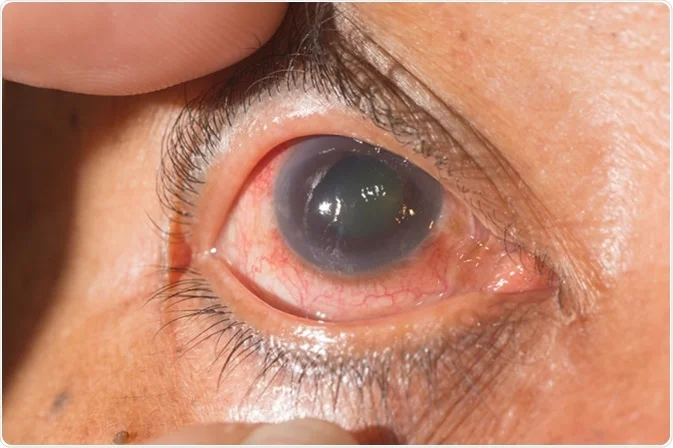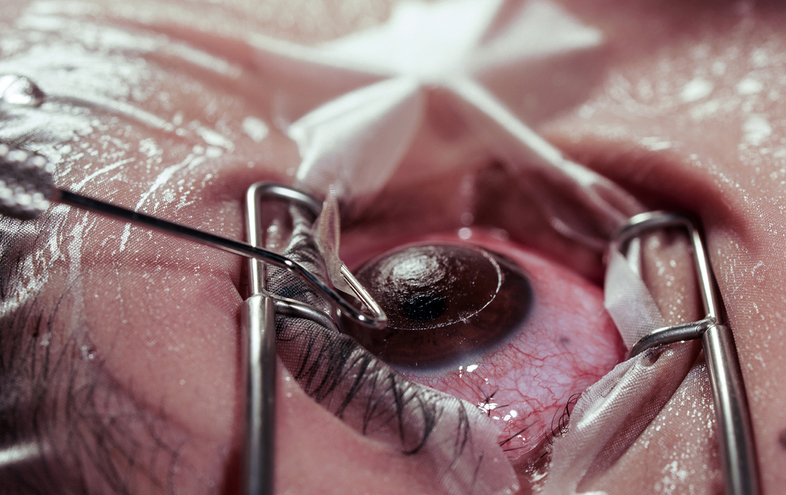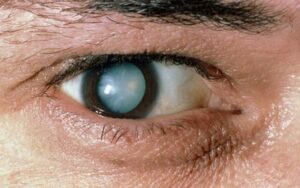What is Dry eye:
Dry eyes occur when your eyes don’t produce enough tears. Also, our eye needs tear to stay healthy and comfortable, if your eye does not make enough tears is called dry eyes. The condition can affect one or both of your eyes.
If you have dry eyes, your eyes may sting or burn. You may experience dry eyes in certain situations, such as on an airplane, in an air-conditioned room, while riding a bike, or after looking at a computer screen for a few hours. The good news is that if you have dry eyes, you can do many things to keep your eyes healthy and stay comfortable.
Symptoms of Dry Eyes:
Here are some of the symptoms of dry eye.
- Eye Pain or redness
- You feel like your eyes are scratching, stinging, and burning.
- Blurring of vision
- Painful to wear contact lenses.
- A sensation of having something in your eyes
- Lots of tears in your eyes.
- Sensitivity to light
- Double vision
- Difficulty wearing contact lenses
- Eyestrain from reading or computer use
Dry eye causes:
you can get dry eyes if you do not make enough tears or your tears dry up quickly.
You may be more likely to get dry eyes ;
- If you wear long times contact lenses
- If you look at computer screens for long periods without taking a break
- If you smoke or drink alcohol
- If you spend more time in air-conditioned or heated environments
- If you’re over the age of 50
- If it’s windy, cold, dry or dusty
- Eye surgery, such as refractive surgery (LASIK) and cataract surgery
- Skin diseases in or around the eyes
- Sun exposure
- Previous eye surgery
How Dry Eye is Diagnosed:
In order to diagnose dry eye, a doctor will ask about a person’s symptoms and examine the front of the eye. This involves an external examination of your eyes, eyelids, and cornea.
if you have dry eye, your doctor might check:
- The amount of tears your eyes make
- How long it takes for your tears to dry up
- The structure of your eyelids
With the information obtained from testing, a doctor can determine if you have dry eyes and advise you on treatment options.
Dry Eyes Treatment:
Treatment for dry eye usually depends on what’s causing your symptoms. And it aims to restore or maintain the normal amount of tears in the eye to minimize dryness and related discomfort and restore or maintain adequate tear levels to maintain eye health.

There are a few different types of treatment that can ease your symptoms and help keep your eyes healthy.
- Adding artificial tears: This is the most common treatment. Many types of eye drops are available over the counter. A person can often treat mild cases of dry eye using OTC artificial tears. A pharmacist can recommend the most suitable product to use.
- Surgery: Surgery may be a viable treatment option for people who experience dry eye due to a mechanical issue with one or both eyelids. For example, a doctor may recommend surgery to correct the loosening of the lower eyelids, a condition that can cause tears to drain from the eyes.
- Medications: The most commonly prescribed medication for dry eye syndrome is an anti-inflammatory called cyclosporine (Restasis). The drug increases the number of tears in your eyes. Alternative medications include cholinergic, such as pilocarpine. These medications help stimulate tear production. and lowers the risk of damage to your cornea.
- Increasing tear production: A doctor of optometry can prescribe eye drops that increase tear production. Taking an omega-3 fatty acid nutritional supplement may also help.
- Lifestyle changes: If something in your life or your environment is causing your dry eye, or making it worse, your doctor may suggest changes to help protect your eyes.
simple home remedies for dry eyes:
- Clean your eyelids every day by closing your eyes and splashing water on your face
- Take breaks to rest your eyes when using a computer screen
- Make sure your computer screen is just below eye level
- Use a humidifier to stop the air from getting dry
- If you wear contact lenses, take them out and wear glasses to rest your eyes
- Wearing spectacles wherever you can
Prevention:
Stay away from dry environments and things that irritate your eyes.
- Avoid using fans And blowers on the face
- Wearing sunglasses in the sun
Why are tears so important for healthy eyes?
- Deliver oxygen and nutrients that nourish your eyes
- Protect your eyes by removing dirt and irritants
- Enable proper vision by helping focus light
- Promote healing in a damaged eye
Did you know?
For the first time, a large-scale, hospital-based study in India involving over 14.5 lakh patients found the incidence (number of new cases occurring each year) of dry eye disease to be 21,000 (1.46%). At over 12,500 cases, the incidence in urban areas was higher than in rural areas (over 8,700 cases). With a large aging population, growing middle-class, and chronic nature of the disease, India is on the verge of a dry eye disease epidemic, says the study. The prevalence of dry eye disease will be in about 40% of the urban population by 2030.
Reference by; The Hindu/ thehindu.com
LVPEI recently published that more than 45% of Indians are already suffering from dry eyes.
About Author:

Dr. Sushruth Appajigowda is a well-known Cornea, Cataract, and LASIK Surgeon in Bangalore, and the chief Cataract and Refractive surgeon at Vijaya Nethralaya Eye Hospital, Nagarbhavi Bangalore. Known as one of the best LASIK surgeons in the country, he has over 10+ years of experience with multiple platforms of LASIK like ZEISS, ALCON, SCHWIND, AMO, and Bausch and Lomb. He has conducted over 5000 LASIK and over 300 Collagen cross linking procedures. Dr Sushruth is a recognised speaker in various National and International Forums. His expertise lies in choosing the right procedure based on your health requirement.


